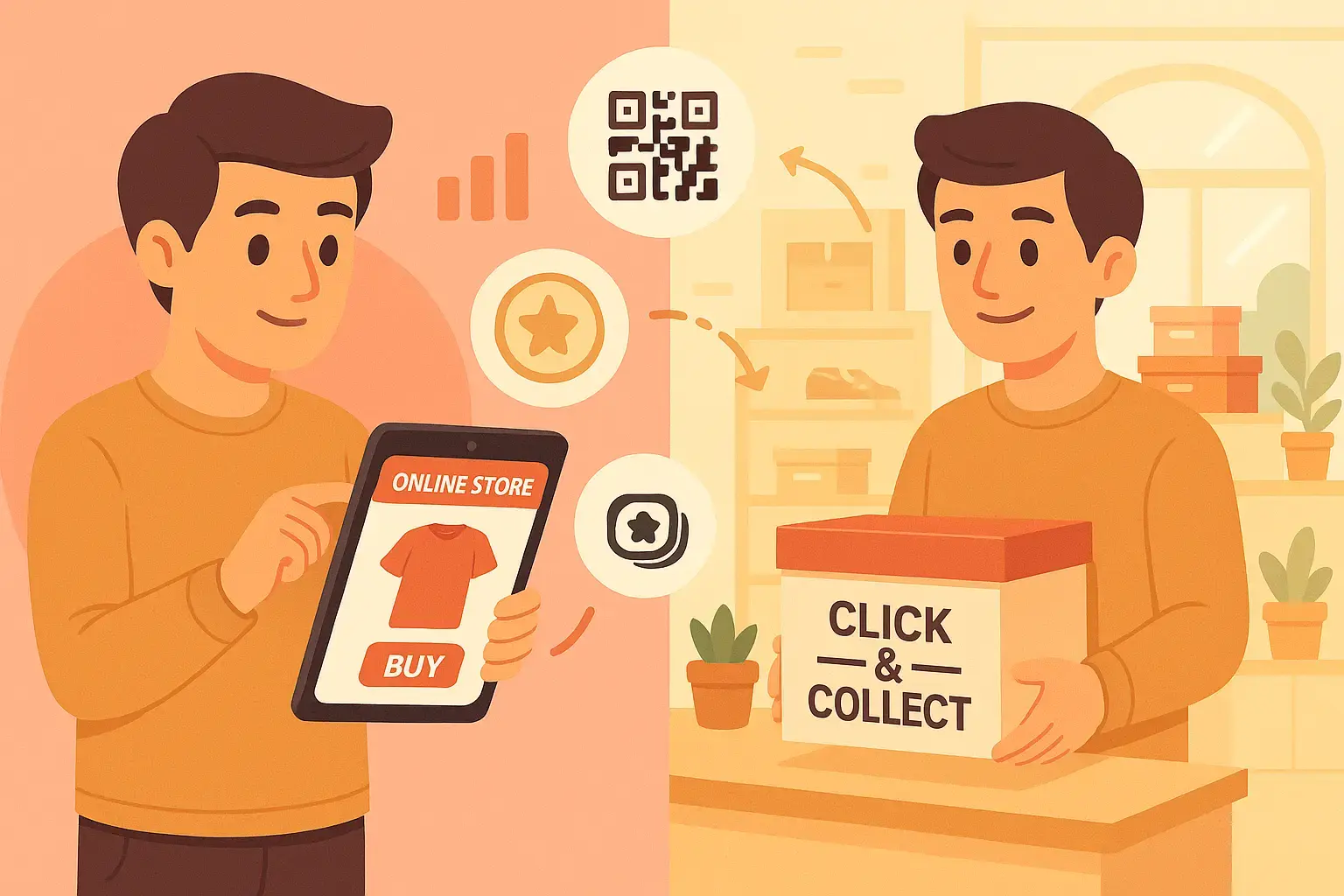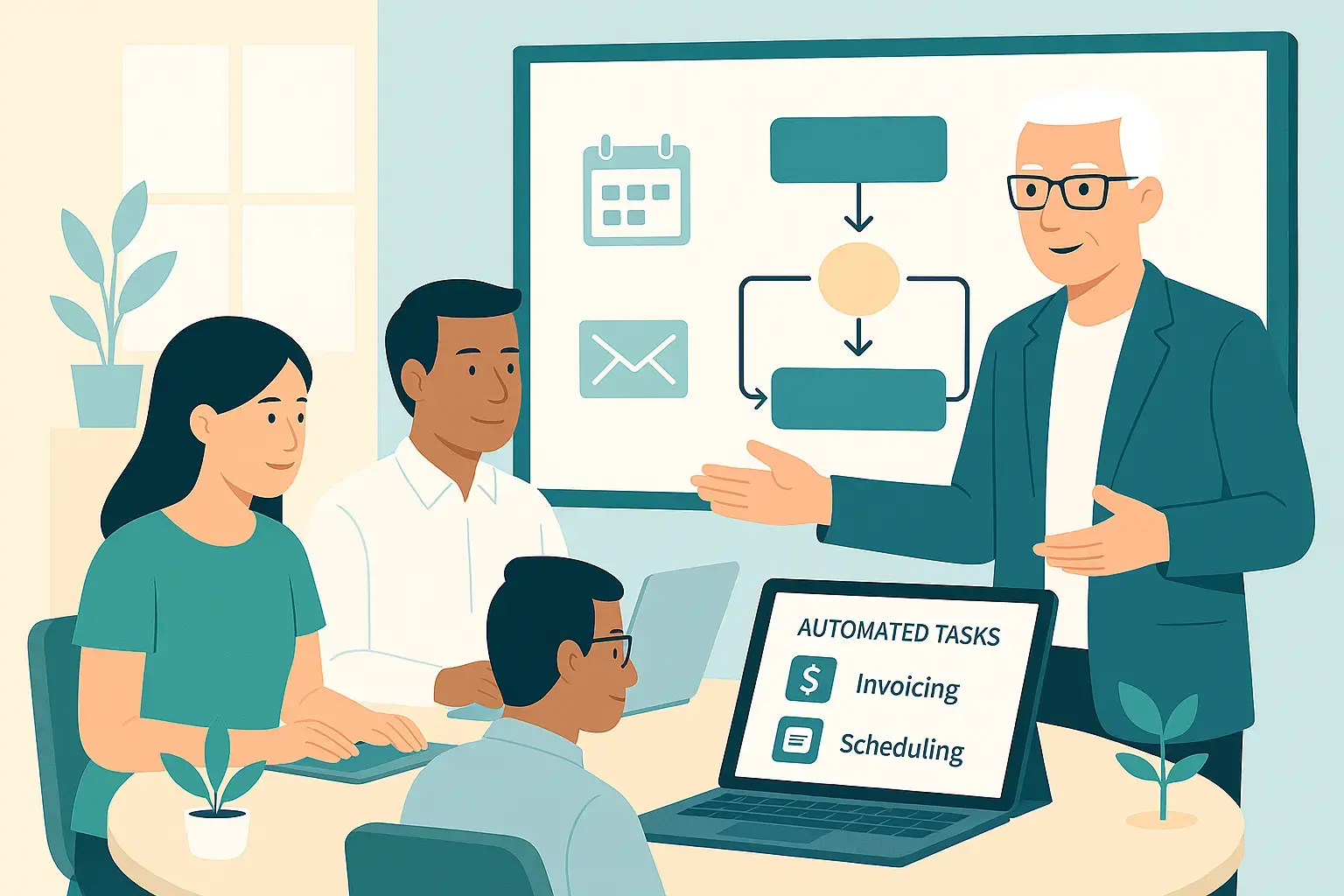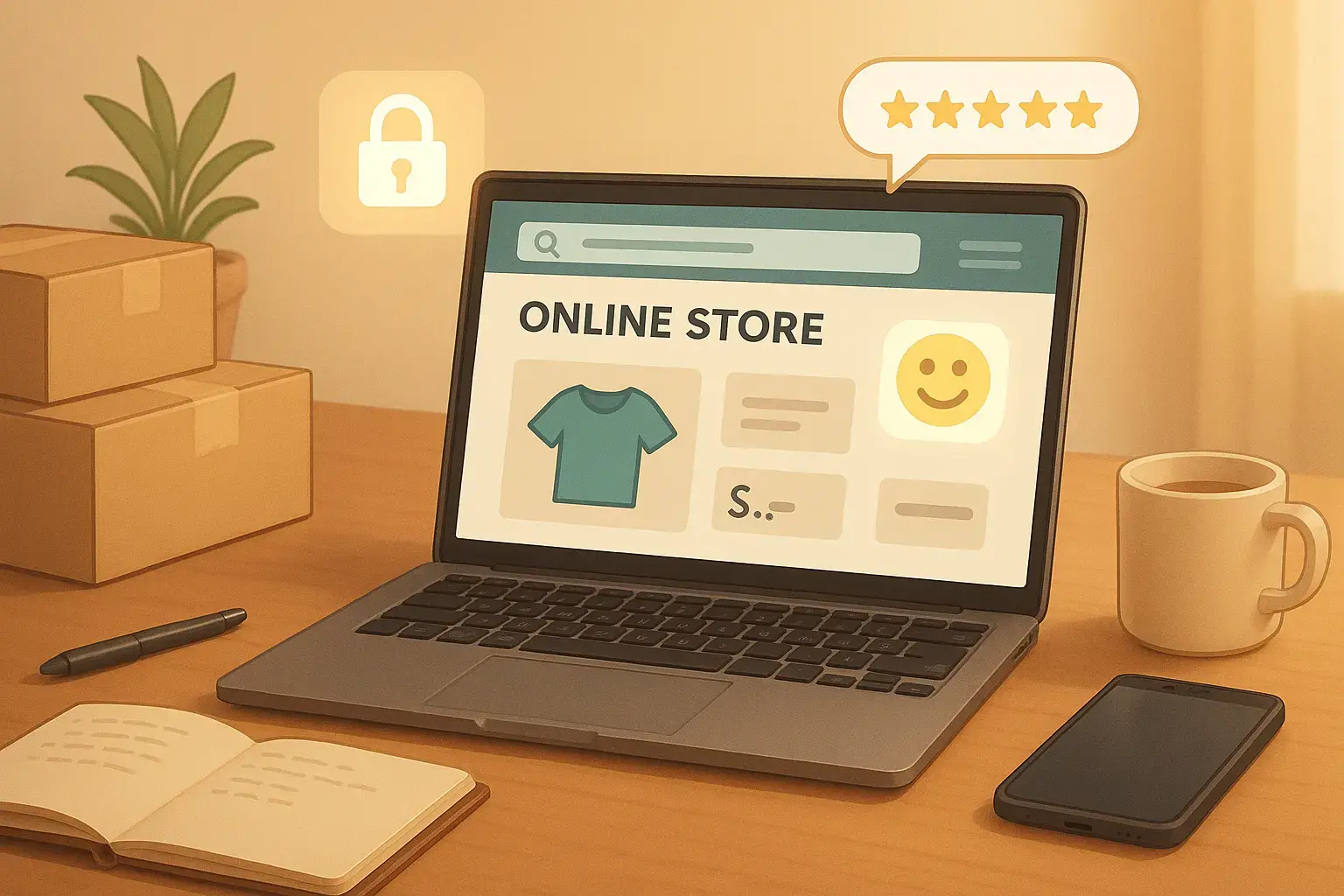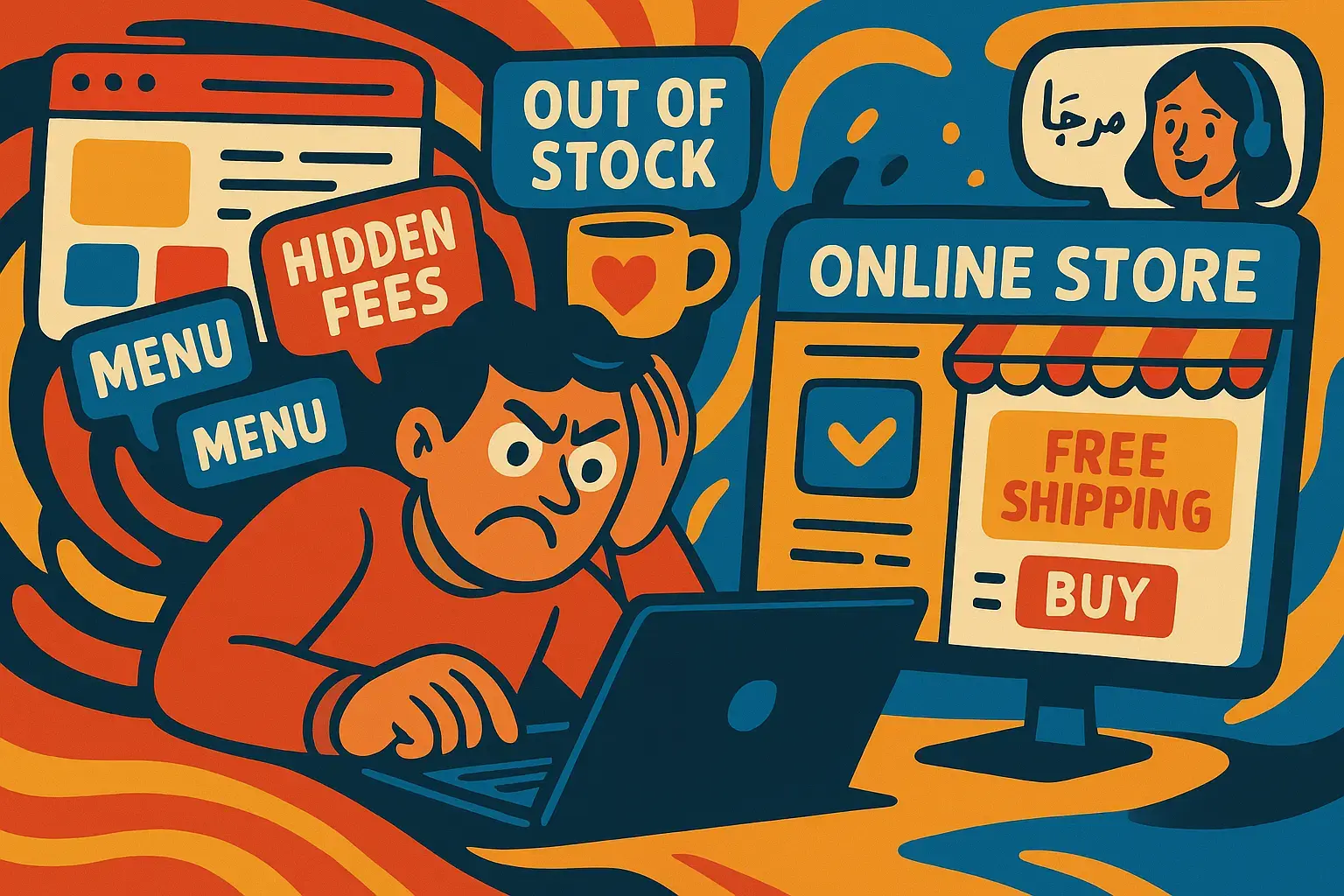Blending Online and Offline Sales for Maximum Reach
Picture this: you own a small retail shop—could be clothing, baked goods, or handcrafted candles—and your website’s humming along nicely. But whenever someone swings by your physical store, they often say, “I wish I could see that vase in person before I commit.” Sound familiar?
These days, customers expect to browse online, then touch and feel products offline, and maybe even switch back again. Getting those two worlds working together isn’t just smart; it’s essential for standing out and keeping shoppers happy. Here’s a no-nonsense playbook to make it happen:
1. Keep Inventory in Sync—Always
Why it matters: There’s nothing worse than ordering online only to find out your local store is sold out—while the website still lists it as “in stock.”
Your move: Use any real-time inventory tool you can afford, even a shared Google Sheet if you’re just starting out. As soon as something sells online, it should disappear from your physical stock count—and vice versa. No apologies, no awkward calls explaining why an order failed.
2. Offer Click-and-Collect
Why it matters: High shipping fees or slow delivery can kill a sale faster than you can say “cart abandonment.”
Your move: Let customers buy online and pick up in your store (same-day pickup is a killer feature). They save on shipping, you get extra foot traffic—and since they’re already in the store, they often pick up another item or two.
3. Let Your Online Best-Sellers Shine In-Store
Why it matters: Guessing which products to highlight in your brick-and-mortar space can feel like a shot in the dark.
Your move: Each month, pull your top 10 online sellers and put them front and center in your physical display. Not only does it drive in-store sales, but it also feels like a curated experience—“Oh, these must be popular if they’re online favorites.”
4. Collect Emails & Phone Numbers In-Store
Why it matters: A one-and-done sale never builds loyalty.
Your move: At checkout, offer a small discount (say, 10% off next time) in exchange for an email or cell number. Keep the form ultra-short—name and one contact field—and feed that data straight into your online newsletter or SMS system.
5. Host Hybrid Events
Why it matters: In-store workshops are great for local fans; virtual events can reach a wider audience—but both have limits on their own.
Your move: Run hybrid events. Demo a product live in your store and stream it online. Mail or have participants pick up a simple “event kit” so everyone can follow along. It turns a single event into a shared experience that bridges both audiences.
6. Use QR Codes to Connect the Dots
Why it matters: Shelf tags only tell you so much.
Your move: Stick a QR code beside products that links to richer online content: demo videos, detailed specs, or “complete the look” suggestions. A quick scan on a phone gives shoppers instant access to everything they need to decide.
7. Reward Shopping Everywhere
Why it matters: If your loyalty program only tracks online purchases, loyal in-store customers will feel left out (and vice versa).
Your move: Unify your loyalty rewards so points accrue whether someone shops on your site or in your store. Points should turn into perks (discounts, early access, freebies) no matter how they earned them.
8. Turn Your Staff into Digital Ambassadors
Why it matters: In-store teams might forget to mention your website’s perks—and online shoppers may not even know you have a physical location.
Your move: Brief your staff on current online promotions and bestsellers, and update your website banner to invite digital shoppers in (“Come see us at Main Street for custom fittings!”). A quick monthly huddle keeps everyone on the same page.
Final Thought
Your customers don’t think in silos—they move fluidly between screens and storefronts. By syncing inventory, offering click-and-collect, spotlighting online hits offline, capturing in-person contacts, hosting hybrid events, leveraging QR codes, unifying loyalty, and empowering your team, you deliver an experience that feels seamless and thoughtful.
Start with one or two tactics this month—see how they work—then build from there. Before long, your online and offline channels will feed each other, boosting sales, strengthening loyalty, and giving your business that competitive edge.







